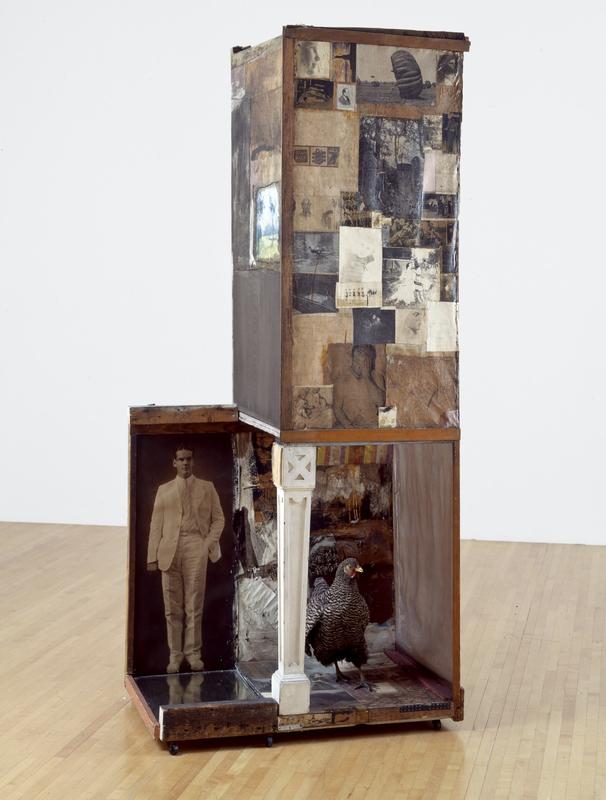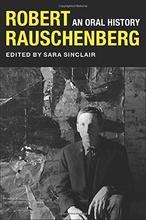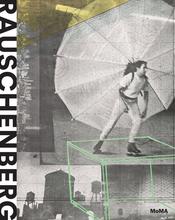More about Untitled
- All
- Info
- Shop

Sr. Contributor
When Robert Rauschenberg started to incorporate found objects into his artwork, he couldn’t resist the temptation of adding real, taxidermied animals like angora goats, hens, and roosters.
Let’s face it. If you could find these things, you’d probably add them to your art, too. By the way, that’s just what Rauschenberg did to find his artistic materials. He went out prowling the streets of New York for trash – I mean, “found objects.” The Dominique hen that made it into this Combine is just one of the many birds that Rauschenberg incorporated – most notoriously, he painted a stuffed bald eagle black and put it at the heart of the intriguing and intense Canyon.
Of course, Rauschenberg didn’t think that his process was weird at all. He loved found objects and images and fancied himself to be a Duchamp on steroids. These trash compilations became known as Rauschenberg’s Combine paintings. Rauschenberg reveled in the endless possibility of associations that you could make while viewing a Combine. They became Rorschach tests that used objects and images, rather than inkblots.
As Rauschenberg continued to work on the Combines, he featured images and photographs that called back to the artists of yore. Reproductions of works by Lucas Cranach the Elder and Botticelli made their way onto the Combines’ collaged surfaces. Rauschenberg also added some pretty personal elements, including newspaper clippings about his family.
Although it is untitled, this Combine skews deeply personal, and the seek-and-find nature of the artwork becomes a monument to Rauschenberg’s artistic process and his own life. For example, he included a pair of his own shoes. However, the most personal – and frankly heartbreaking – element is a letter from the artist’s son Christopher, writing to say that he hopes his daddy still loves him. Before Rauschenberg’s sexual awakening and subsequent romantic involvement with fellow artists like Cy Twombly and Jasper Johns, he was married and had a child with a woman, Susan Weil Rauschenberg, ultimately separating himself from his small family to fulfill his personal and artistic destiny.
After just a decade of creating Combines, Rauschenberg started making photosilkscreens instead. I don’t really blame him, though. I’m sure it was way easier to find images than stuffed chickens. As difficult as they must have been to create, I love the Combines, and so do many other people. After all, they were the progenitors to future artworks like Damien Hirst’s animal-centric pieces and Tracey Emin’s My Bed.
Sources
- Alloway, Lawrence. “Rauschenberg’s Development.” In Robert Rauschenberg. National Collection of Fine Arts: Smithsonian Institution, 1976. https://www.moma.org/documents/moma_catalogue_2392_300062510.pdf. Accessed 9 April 2020.
- Centre Pompidou. “Robert Rauschenberg Combines.” Resources. Education. http://mediation.centrepompidou.fr/education/ressources/ENS-Rauschenber…. Accessed 9 April 2020.
- Fineberg, Jonathan. Art Since 1940: Strategies of Being, 3rd edition. Upper Saddle River, NJ: Pearson Education, Inc., 2011.
- Gompertz, Will. What Are You Looking At? New York: Penguin Group, 2013.
- Mattick, Paul. “Robert Rauschenberg Combines.” Art. The Brooklyn Rail. April 2006. https://brooklynrail.org/2006/04/art/robert-rauschenberg-combines. Accessed 9 April 2020.
- Metropolitan Museum of Art. “Robert Rauschenberg: Combines.” Press. Exhibitions. https://www.metmuseum.org/press/exhibitions/2005/robert-rauschenberg-co…. Accessed 9 April 2020.













